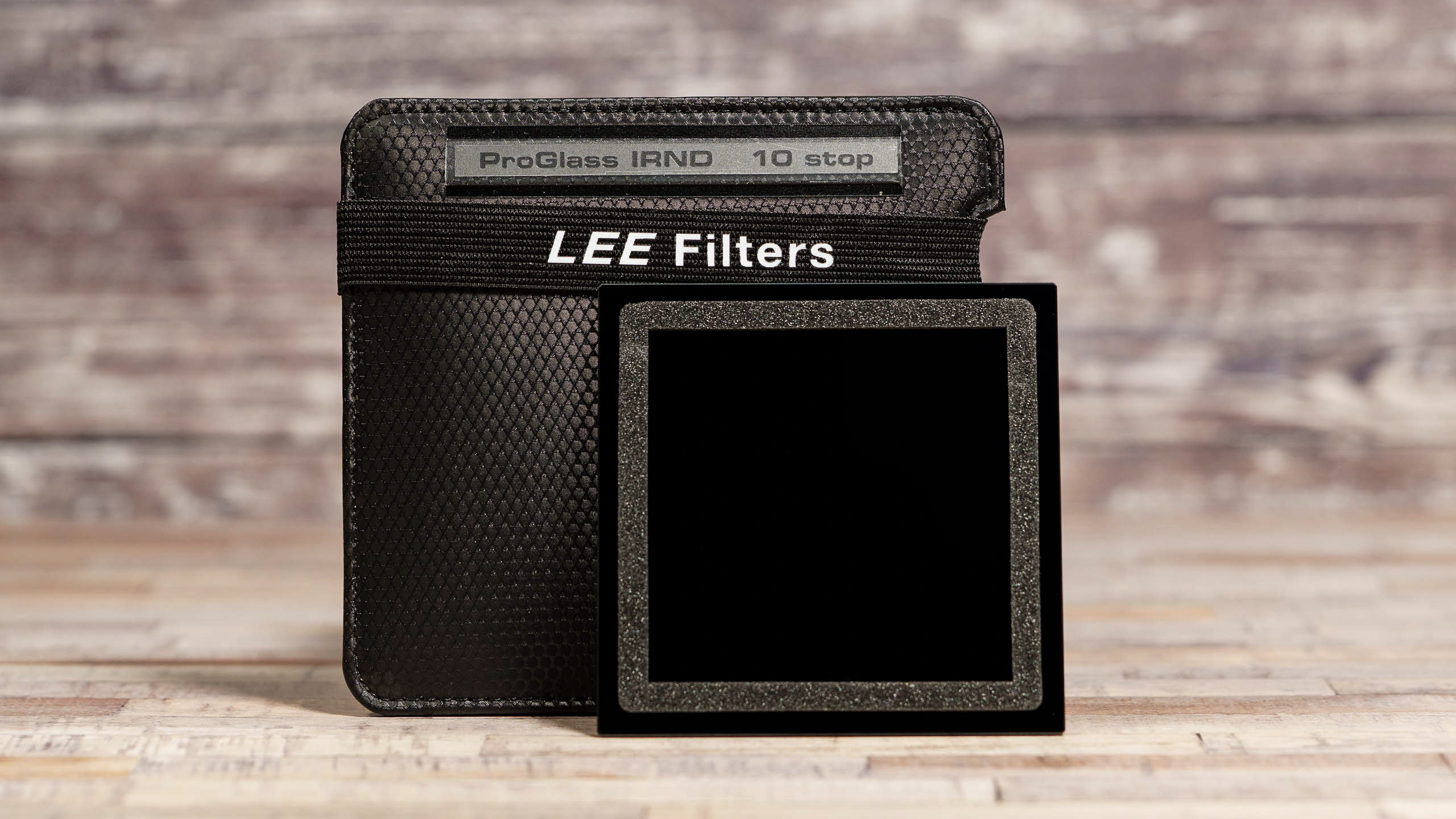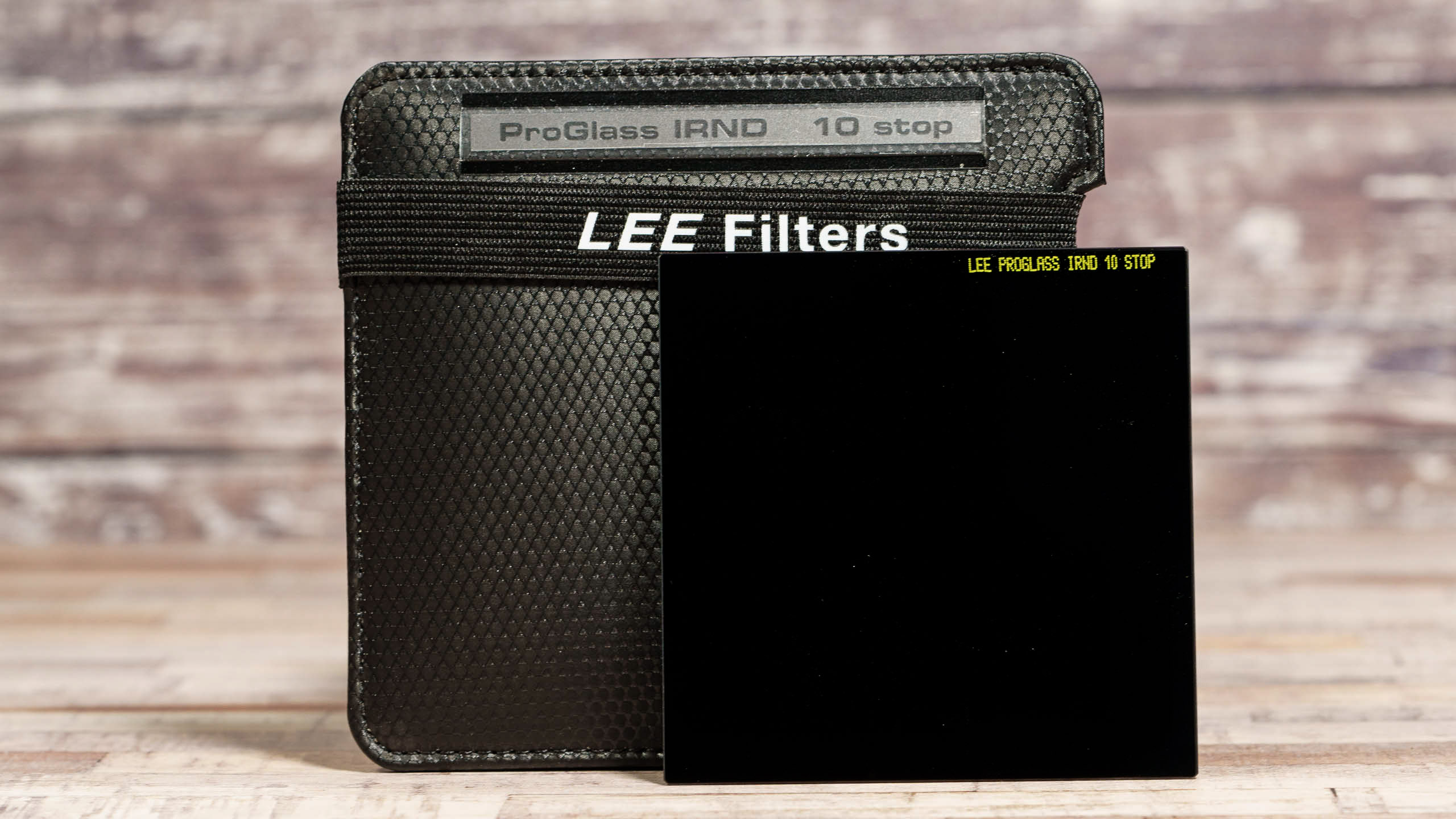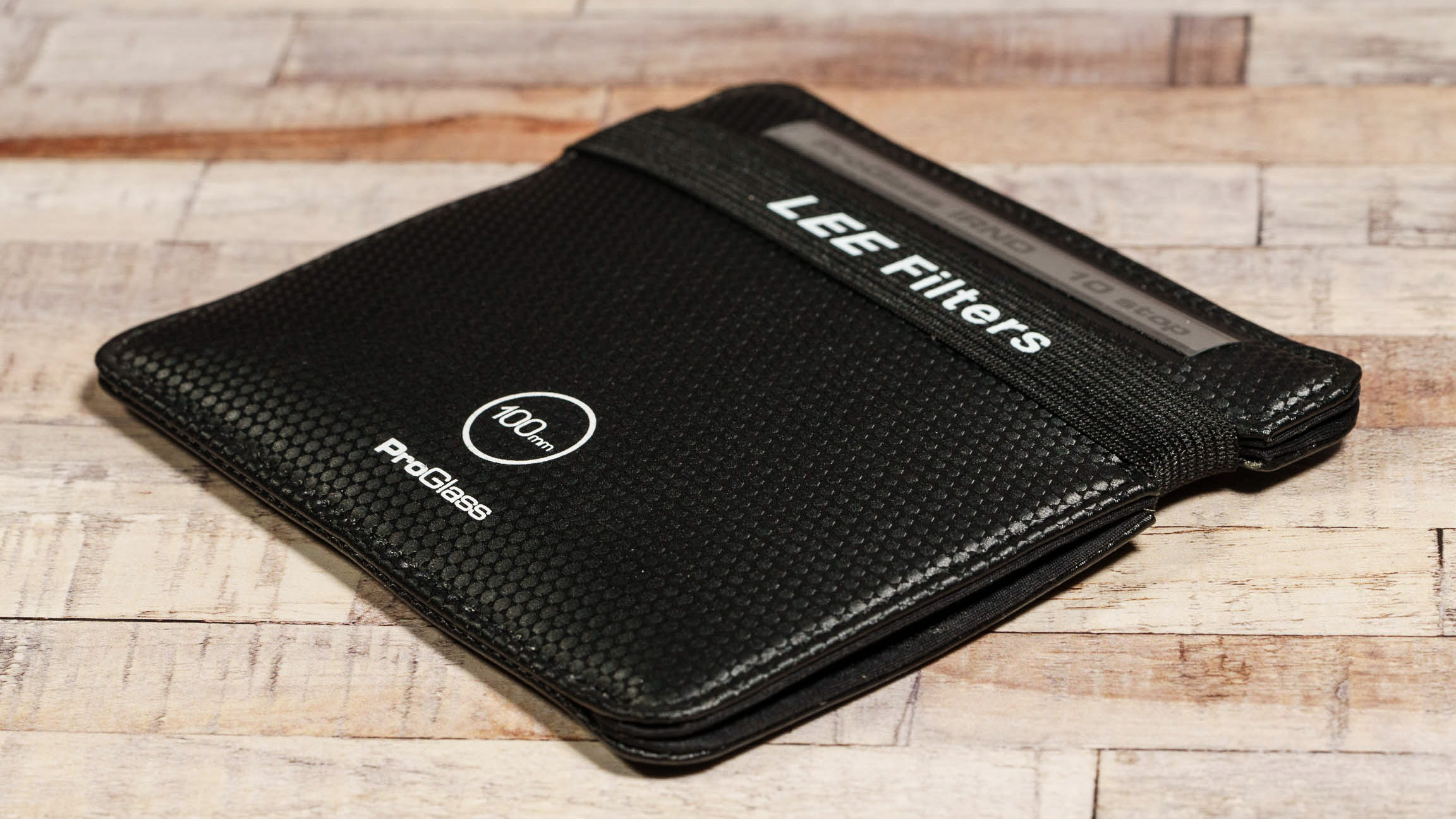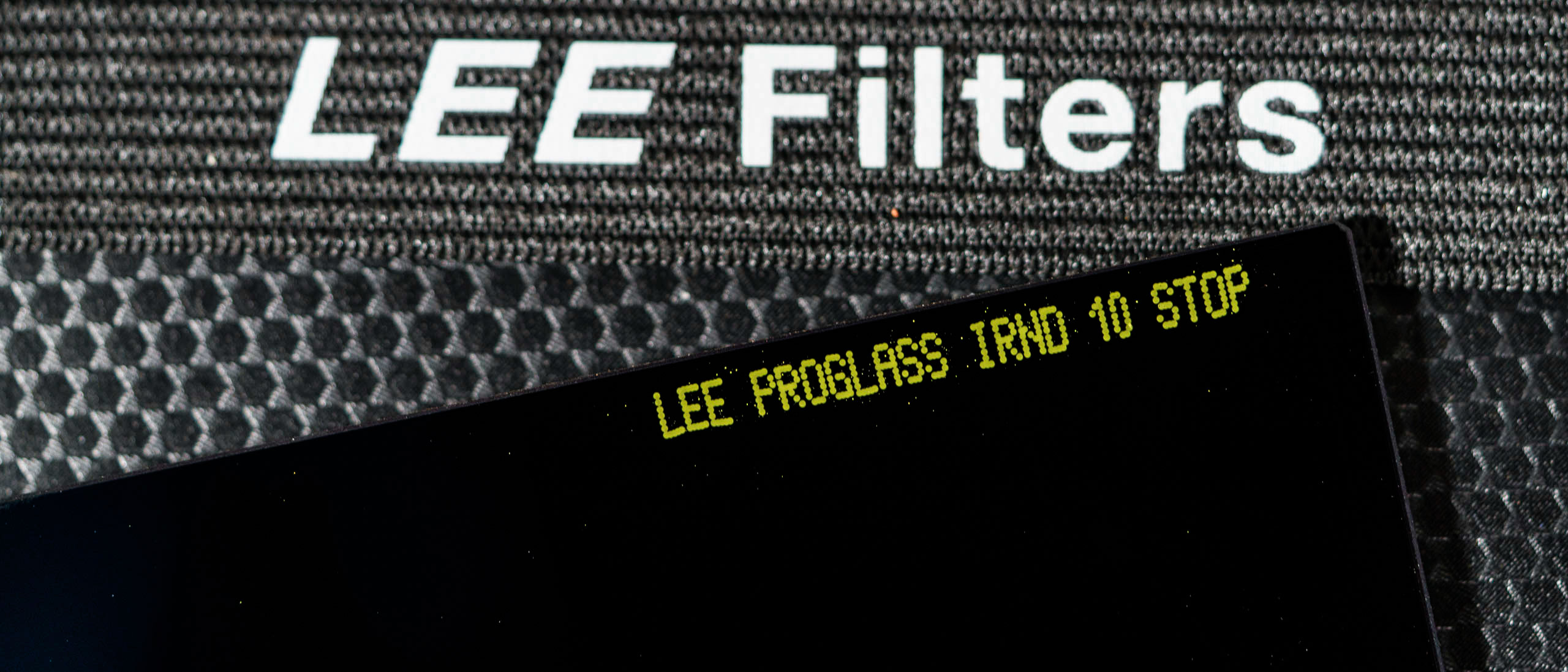Digital Camera World Verdict
With the term ‘Big Stopper’ being ubiquitous in long-exposure photography circles, you might expect the original Big Stopper ND filter to offer the last word in filter quality, but actually, that honor goes to the ProGlass IRND. The ProGlass IRND is significantly more expensive but it comes without the color cast that is seen with Lee Filter’s original dense ND filter (and others) and you won’t see a dip in image quality.
Pros
- +
High-quality results
- +
Compatible with most 100mm type holders
- +
Foam light seal
Cons
- -
Very expensive
- -
Handling puts fingerprints on the filter
Why you can trust Digital Camera World
LEE Filters is probably the best-known filter manufacturer and its 100 Filter System has been used by many photographers for decades. Its Stopper range of filters, the most widely known being the Big Stopper, has proved incredibly popular amongst photographers shooting long exposures during the day. In fact, the name ‘Big Stopper’ is widely used for any 10EV neutral density filter regardless of its manufacturer.
One issue with the Stopper range, however, is that the filters impart a noticeable blue cast to images. Some photographers profess to like this, while others remove it in post-capture processing. Lee Filters solution is the ProGlass IRND range. These filters are more expensive to make, which means they cost quite a bit more than the average ND filter.
Key features

Lee Filters makes the ProGlass IRND in a range of sizes to suit its LEE100, Seven5 and SW150 holders. There’s also a Cine range which are available in two sizes, 4 x 5.65-inches and 6.6x6.6-inches, which retail for £496.80/$600 and £718.80/$850 respectively. The Seven5 holder is now discontinued and the LEE100 system is the most popular option, so in this review, I have focused on the LEE100 ProGlass IRND.
Lee Filters makes the LEE100 ProGlass IRND in six strengths or densities, 2 stop, 3 stop, 4 stop, 6 stop, 10 stop and 15 stop. They all have their uses, but the 6 stop and 10 stop tend to be the most frequently used. I’ve tested the 10-stop version for this review.
The ProGlass IRND filters were developed in response to requests from the movie industry, but Lee Filters decided to also make them available in photographer-friendly sizes because of their better color accuracy.
As you’d expect, Lee Filters makes the 2mm thick ProGlass IRND filters from optical glass. Unlike the Stopper filters which have dye mixed through the glass, the ProGlass IRND filters are coated and can block infrared and ultraviolet light for purer colors.
The 6, 10 and 15-stop versions of the ProGlass IRND have a foam seal close to their edges. This sits against the holder to prevent light leaks.
Specifications

Filter type: Neutral density
Strengths: 0.6ND (2 stop), 0.9ND (3 stop), 1.2ND (4 stop), 1.8ND (6 stop), 3ND (10 stop) and 4.5ND (15 stop)
Mount: via Lee Filters Seven5, LEE100, SW150 holders
Sizes: Seven5 (75x90mm), LEE100 (100x100mm), SW150 (150x150mm), CINE (4 x 5.65in or 6.6 x 6.6in)
Construction: Glass
Build and handling

Lee Filters supplies the ProGlass IRND in a leatherette pouch with a label that shows the type of filter very clearly while a broad elastic strap ensures the filter is retained. The pouch has a brushed fabric liner that should help keep the filter clean and scratch-free.
At the right angle, the filter has a blue or purple color and any fingerprints are immediately apparent. These can take a bit of removing. A good lens cloth will remove the worst of the marks but there always seems to be a trace of grease left and if you’re going to the expense of buying a ProGlass IRND filter, I’d recommend investing in some of Lee Filters ClearLEE Filter Wash as well.
My review sample is designed to be used in the LEE100 Filter Holder and it should be put in the slot closest to the lens. The foam gasket near the edges of the filter means that you have to be a little more careful than with a standard filter when you align it in the holder, but it slides in smoothly. The gasket also does its job well, resting against the holder and keeping out any stray ambient light.
Performance
Lee Filters uses high-quality, optically flat glass to ensure that the ProGlass IRND enables cameras to capture the level of detail that you’d expect. Accordingly, I was unable to see any change in the level of detail or sharpness in my images captured on the 61MP Sony A7R IV with the Sony FE 24-70mm f/2.8 GM mounted.
Also, unlike the Lee Filters Big Stopper, there’s no color cast and the results look as natural with the filter in use as they do without.
Crucially, the 10-stop filter extends the exposure time by the requisite amount so that a 1/60-second exposure without the filter becomes a 16-second exposure with it. That’s perfect for blurring water and cloud movement.
Verdict

The price of the Lee Filters ProGlass IRND means it’s not something that you’re likely to buy on a whim and there are more affordable alternatives. However, it’s a very high-quality filter that ensures you won’t see a degradation of the image quality when you use it. Also, unlike some neutral density filters, including Lee Filter’s own Big Stopper, it’s neutral so there’s no color cast. A few moments extra processing time may not be an issue if you only shoot the odd long exposure, but if you’d like to shoot them on a frequent basis and you want to produce color rather than monochrome images, the ProGlass IRND could be a good investment.
While Lee Filters would like you to use the ProGlass IRND in its LEE100 Holder, it can be used in any filter holder that accepts the standard 2mm-thick 100mm-type square and rectangular filters.
Read more:
• Best filter holders
• Best ND grad filters
• Best polarizing filters
• Best neutral density (ND) filters
• Best variable ND filters
• Best lens protection filters
• Best light pollution filters
• Best close up filters
• Camera filters explained
Angela has been testing camera gear from all the major manufacturers since January 2004 and has been Amateur Photographer’s Technical Editor and Head of Testing for Future Publishing’s photography portfolio (Digital Camera Magazine, PhotoPlus: The Canon Magazine, N-Photo, Practical Photoshop, Photography Week and Professional Photography magazines, as well as the Digital Camera World and TechRadar websites). She is the founder of SheClicks - a community group that encourages and supports female photographers.



